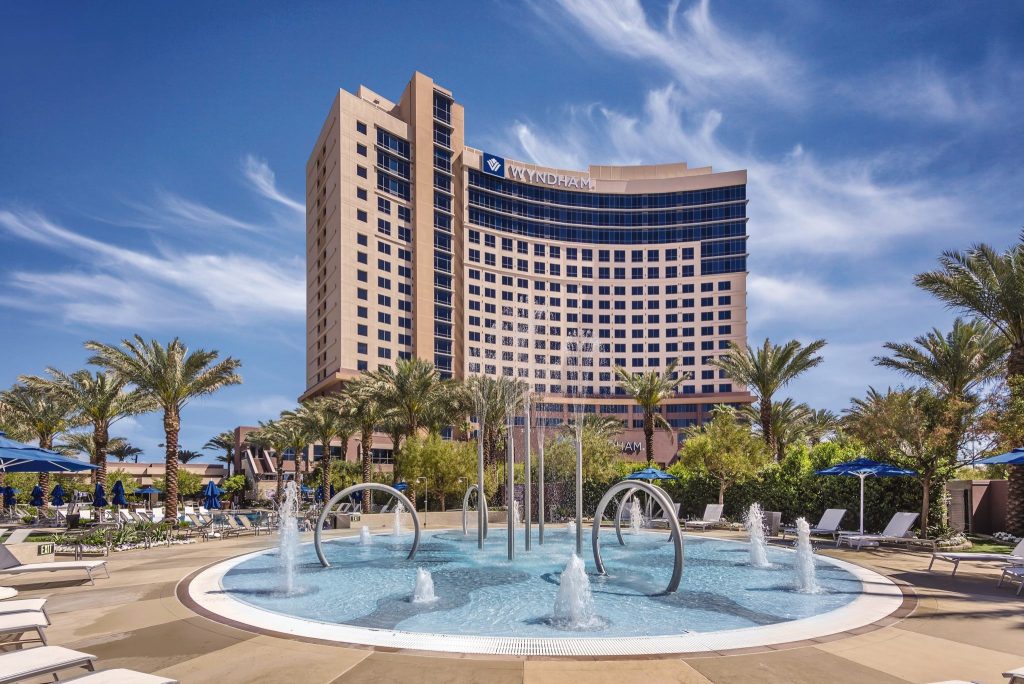Skift Take
Timeshare companies like Travel + Leisure Co. were well-positioned to capitalize on the early days of the leisure-led travel recovery from the pandemic. Now, it's less about a rebound and more about can they exceed pre-pandemic business performance by year's end.
A springtime surge in bookings for timeshares and vacation rentals at the newly named Travel + Leisure Co. shows just how fast pent-up travel demand can fuel a business recovery.
The timeshare and vacation club company, formerly known as Wyndham Destinations, reported Wednesday a $29 million first quarter profit, and a bulk of the profitability stemmed from how the company performed in the final month of the quarter.
Travel + Leisure Co.’s March vacation ownership bookings were 15 percent higher than the same month in 2019. It was a swift tilt toward recovery from January and February, when bookings were down 15 percent from 2019 levels.
“The nature of those big swings in momentum means people are not only confident to travel, they’re also starting to get on planes, and they’re confident enough to book,” Travel + Leisure Co. CEO Michael Brown said on an investor call.
The company’s vacation club resort bookings in Sun Belt markets like Florida, South Carolina, Tennessee, and Arizona exceeded 2019 levels for the duration of the quarter. Some of the company’s biggest swings in demand came from states with tougher restrictions that only loosened in recent months.
California bookings were down 44 percent in January but are currently up 27 percent, Brown said. Bookings in Nevada were down 27 percent the first two months of the year but are now up 16 percent. Hawaii was down 40 percent and is now up by 33 percent from 2019.
“There is a cadence to how consumers are starting to travel again,” Brown said. “We knew the owners would come back. They came back very quickly.”
The swift recovery mirrors what traditional hotel companies see in markets around the world. Once restrictions ease, travelers generally flood back to reserving stays at hotels.
Occupancy rates at Marriott-affiliated hotels in Chinese cities like Qingdao jumped from 20 percent to 60 percent only two weeks after travel restrictions were once again lifted earlier this year.
“The good news is once these temporary shutdowns are lifted, we have seen demand return quickly,” Stephanie Linnartz, president of Marriott, said on an investor call earlier this year.
Brand Building
Timeshare brands have fared relatively better than traditional hotel companies during the pandemic, as they focus almost entirely on leisure travel and resorts. While Wyndham Destinations began a push into urban markets in recent years, these properties are still leisure resorts generally in more resilient locations like Nashville, Austin, and Atlanta.
Following Wyndham Destinations’ $100 million acquisition of Travel + Leisure earlier this year, leaders plan to integrate the two companies as well as build upon some of the vacation club strengths the Travel + Leisure side brings to the combined entity.
While best known for its magazine, Travel + Leisure also operated travel clubs with roughly 60,000 members. The combined company plans to launch a new subscription club this summer as well as explore licensing opportunities for the Travel + Leisure brand. Travel + Leisure Co. already licenses out the brand name to former owner Meredith Corp. to continue operating the media channels.
“As the world gets back on vacation, we’re squarely focused on being on the leading edge of the recovery,” Brown said.
Have a confidential tip for Skift? Get in touch
Tags: coronavirus, coronavirus recovery, timeshare, travel + leisure, wyndham destinations
Photo credit: Travel + Leisure Co. reported Wednesday a rapid ascent in bookings at its vacation club resorts in markets like Las Vegas (pictured: Club Wyndham Desert Blue). Travel + Leisure Co.
